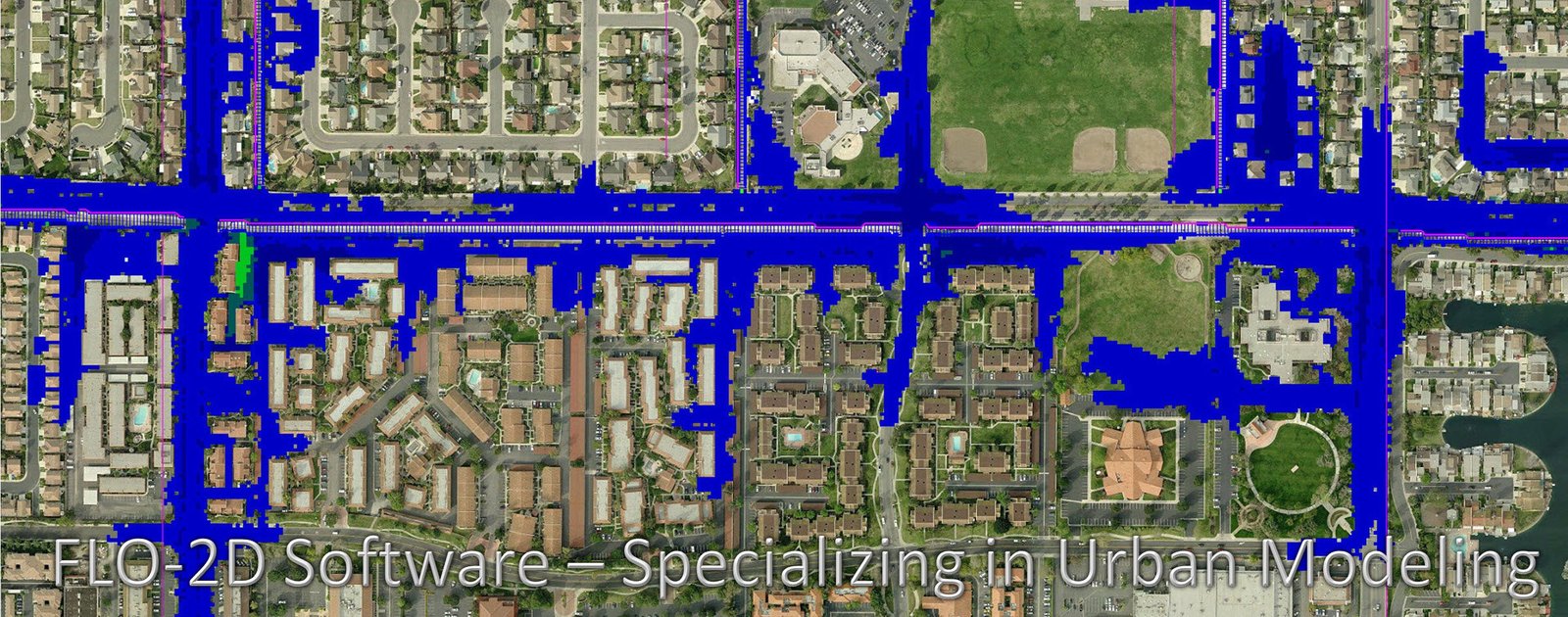

The discussion will also include an overview of Chapter 11 of the Australian Rainfall and Runoff Project 15 (Two Dimensional Modelling of Urban and Rural Floodplains) Stage 1/2 Report. We will also explore the implications for roughness and infiltration when applying rainfall directly onto the 2D domain. This webinar will help you improve your skills and understanding of 2D modelling by learning when to take this popular approach and what key issues need to be considered. How does the Direct Rainfall approach compare to traditional methods?īill Syme will be joining us again sharing his experience with 2D modelling to help expand upon the theory and practical applications.When should a Direct Rainfall approach be used, and when should it not?.Are you confident that you are considering the appropriate losses in your Direct Rainfall model?.This approach is often used as an alternative to catchment based, 1D hydrological modelling and is increasing in popularity. The study outcomes provide a novel approach for flood risk assessment and can provide valuable information for urban flood management.In this webinar we take a look at the direct rainfall approach or “rain on grid”. The result demonstrates that the proposed approach is feasible and exhibits the most reasonable classification result. The traditional cluster algorithm and technique for order of preference by similarity to ideal solution (TOPSIS) methods are used for comparison with the improved entropy-cluster algorithm so as to validate the proposed approach for risk management. The assessment result matches well with the historical data of flood events. The results indicate that high risk zones cover 13.7% of total area, which generally exhibit higher inundation depth and lower elevations. Subsequently, the k-means cluster algorithm is used to develop the flood risk map in the study area. The recommended baseline UFM approach for flood risk assessment and resilience planning is a dual-drainage model that couples a one-dimensional hydrodynamic model of the stormwater drainage network with a two-dimensional hydrodynamic model of overland flow and inundation (Figure 1 Costabile et al., 2020 Vojinovic & Tutulic, 2009). The index weights are calculated by an improved entropy weight method that integrates the entropy weight method and analytic hierarchy process (AHP) method.

Seven evaluation indices are selected by coupling the natural hazard index system and hydrological models.

A region in Haikou, China is adopted to test the applicability of the proposed approach. The two PCSWMM models are built with these two different methodologies. PCSWMM also provides complete 2D approach to represent the channel network and flooded area. The proposed approach is data driven without considering classification standard of different risk levels, and thus provides a more reasonable and objective result. PCSWMM allows for a dynamic interaction between the urban network (pipes, culverts and channel) and the 2D flooded area. In the study, an integrated methodology is proposed by incorporating urban flood inundation model, improved entropy weight method and k-means cluster algorithm to evaluate urban flood risk. Flood risk assessment is an important tool for flood prevention and involves significant practical applications in flood risk management and flood disaster reduction. Floods are considered as one of the most frequently occurring natural hazards worldwide and are occurring increasingly frequent in recent decades.


 0 kommentar(er)
0 kommentar(er)
